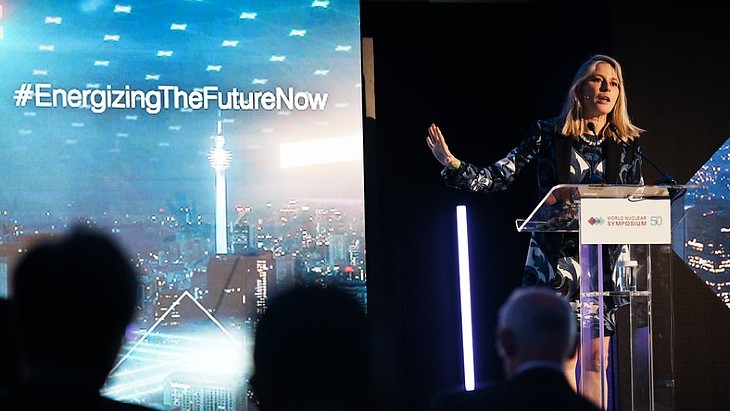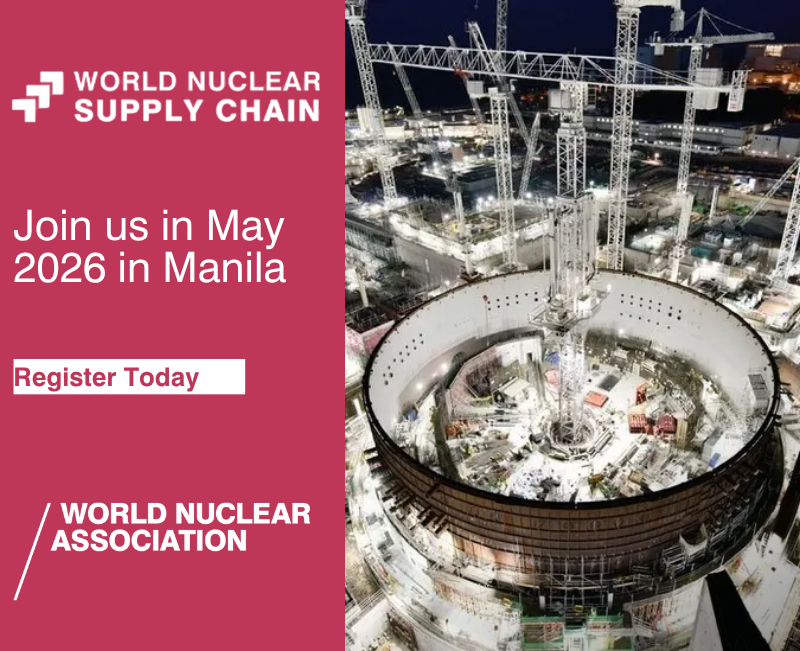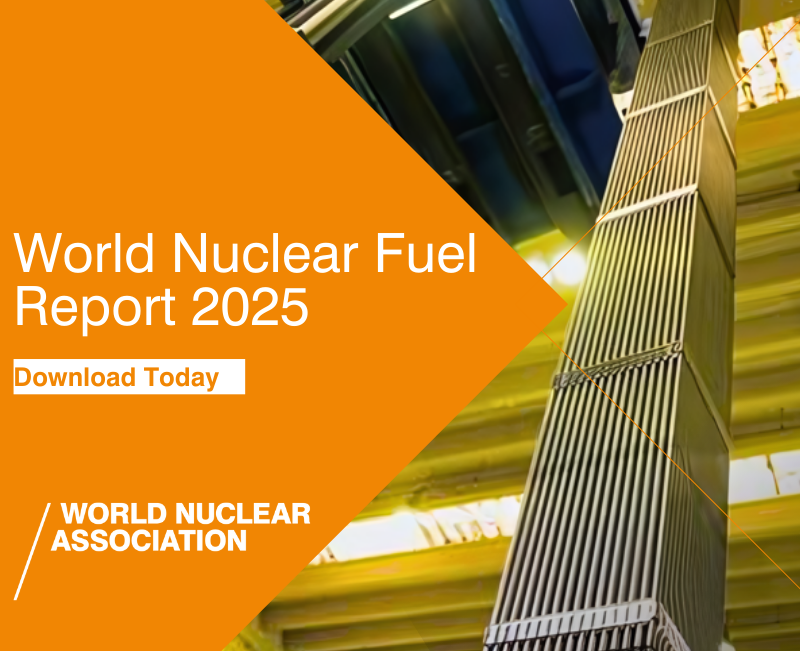Cold functional tests are carried out to confirm whether components and systems important to safety are properly installed and ready to operate in a cold condition. The main purpose of these tests is to verify the leak-tightness of the primary circuit and components - such as pressure vessels, pipelines and valves of both the nuclear and conventional islands - and to clean the main circulation pipes. The tests mark the first time the reactor systems are operated together with the auxiliary systems.
The cold functional tests were completed at the ACP100 - also referred to as the Linglong One - on 16 October.
"The successful cold functional test of the primary circuit of the Linglong One small reactor demonstration project demonstrates the integrity and sealing of the primary circuit pressure boundaries," CNNC said. "It also verifies the installation quality of the relevant equipment and piping, ensuring subsequent safe and stable operation." It added that completion of the tests "lays a solid foundation for the project's subsequent hot trials, reactor loading, and commercial operation".
Hot functional tests involve increasing the temperature of the reactor coolant system and carrying out comprehensive tests to ensure that coolant circuits and safety systems are operating as they should. Carried out before the loading of nuclear fuel, such testing simulates the thermal working conditions of the power plant and verifies that nuclear island and conventional equipment and systems meet design requirements.
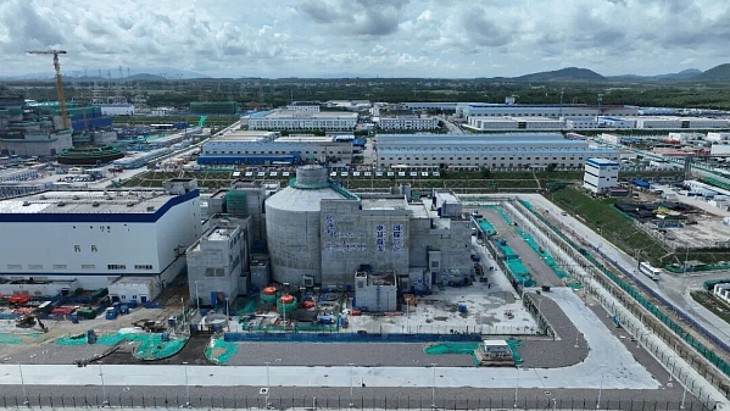
(Image: CNNC)
CNNC announced in July 2019 the launch of a project to construct an ACP100 SMR at Changjiang. The site is already home to two operating CNP600 pressurised water reactors (PWRs), while the construction of two Hualong One units began in March and December 2021. Both those units are due to enter commercial operation by the end of 2026.
First concrete for the ACP100 was poured on 13 July 2021, with a planned total construction period of 58 months. Equipment installation work commenced in December 2022 and the main internal structure of the reactor building was completed in March 2023. The outer containment dome was hoisted into place in February this year.
Under development since 2010, the 125 MWe ACP100 integrated PWR's preliminary design was completed in 2014. In 2016, the design became the first SMR to pass a safety review by the International Atomic Energy Agency.
Once completed, the Changjiang ACP100 reactor will be capable of producing 1 billion kilowatt-hours of electricity annually, enough to meet the needs of 526,000 households. The reactor is designed for electricity production, heating, steam production or seawater desalination.

_60481.jpg)



_69218.jpg)
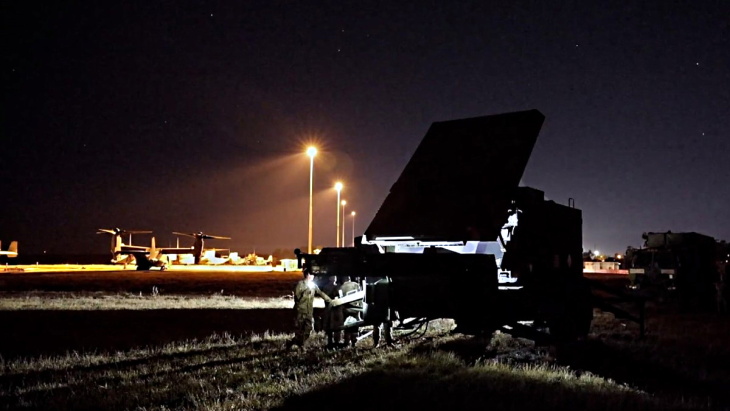
_50545.jpg)
_28367.jpg)
_76087_55556.jpg)
